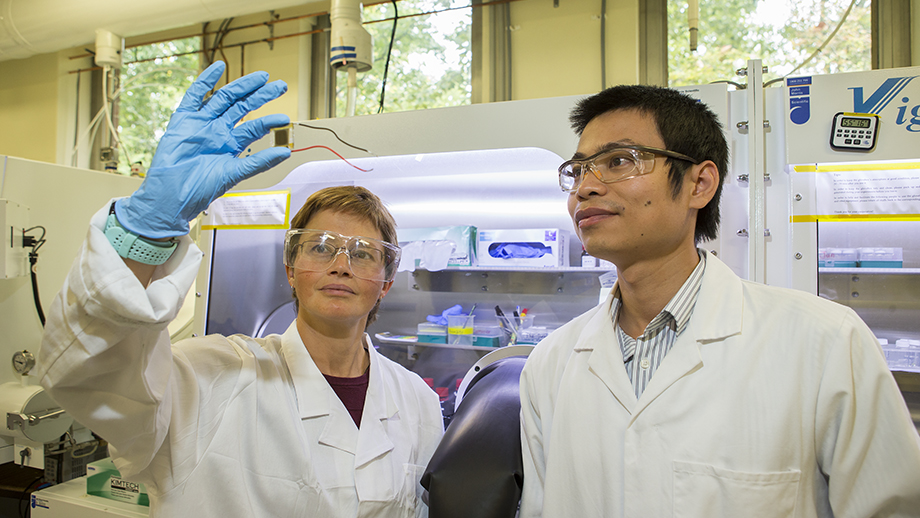Summary
The project aims to demonstrate effective use of high energy photons to improve solar cell efficiency by using multiple exciton generation (MEG).
Need
The excess energy in high energy photons is lost as heat in single junction solar cells. Highly engineered multi-junction solar cells are currently used to capture this energy, however at a high cost. Materials that can capture this energy by generating multiple charge carriers from one photon offer the potential to significantly increase the efficiency of solar cells at a much lower engineering cost, however the current generation of materials do not have the right combination of properties. Recent advances suggest that by using the self-assembly properties of liquid crystalline materials the efficiency of this process can be enhanced.
Action
Researchers at the University of Melbourne will engineer the next generation of MEG materials, which are energy matched to silicon, to enhance the efficiency of silicon solar cells based on materials which self-assemble. MEG materials generate multiple charge carries through a process of singlet fission, or through formation of quantum coupled states after photon absorption. The new generation of materials will have increased absorption of high energy photons, a higher efficiency of MEG, be designed to transfer the energy to silicon solar cells and generate more efficient solar cells.
Outcome
The project will demonstrate that use of MEG to enhance solar cell efficiency is a viable technology to enhance solar cell efficiency. The project will deliver a suite of highly efficient singlet-fission materials and demonstrate a process for incorporating these materials into singlet-fission enhanced silicon solar cells. In the process the project will provide a better understanding of the potential cost of implementing this technology and demonstrate reliability and reproducibility in device assembly. Finally, the project will provide a clear investment pathway to take this technology from TRL-4 to demonstrator level.
Additional impact
The project will directly provide four new positions for Australian researchers, and provide research ideas for many new research projects, new international collaborations and industrial start-ups. The project will contribute to maintaining Australia’s leading position in solar research and research translation by being leaders in this emerging field.




